Imagine riding an e-cycle without a handlebar.
You can't, right?
The mere thought itself feels crazy, like trying to steer a ship without a rudder or play a guitar without strings.
Handlebars are more than just hand rests; they're the spines of your cycling control - the heroes that keep you balanced, comfortable and confidently in charge of every turn and bump in the road.
Whether you’re gliding city streets, tackling a steep mountain trail or cruising with an e-cycle. The handlebars let you control your ride and how much you end up enjoying it.
In this blog, we will take a deeper look into the different types of bicycle handlebars, their functions, and how they could make for an amazing cycling experience.
So, buckle up for a ride into the world of fascinating handlebars, and all you need to know is when it's time to buy or upgrade your latest e-ride!
Why Cycle Handlebars Matter More Than You Think
Most people think that handlebars are just another part attached to the bike, but, in fact, they are one of the parts influencing a person's control, comfort, and even how efficiently he rides.
It dictates how you sit on the e-cycle and the equal distribution of balance across your body for a comfortable ride. For prolonged journeys, it also shifts the amount of strain put on your wrists and shoulders.
Steering and Control
Steering handlebars are the closest thing you have to a control system with regard to manoeuvring your machine.
Be it through those potholes on city streets or those winding single-track trails, handlebars give you the precision and stability to stay right there in the steer.
Comfort and Posture
Have you ever noticed how your back starts hurting after an hour on the e-cycle?
This could be because your handlebars are not set right for you. Different handlebars pertain to different riding styles and postures, making sure you remain comfortable during any commute, short or long.
Aerodynamics
Of course, for speed freaks, handlebars are not just about comfort; they are about zipping through the wind like a hot knife through butter.
Aerodynamic handlebar designs help the cyclist decrease drag and increase speed.
Bicycle Handlebars Types: Finding Your Perfect Fit
It is the perennial question - Which handlebar suits which specific individual?
Like shoes, handlebars are not one-size-fits-all. So it's necessary to break down the various types of bicycle handlebars available and which one you must go for:
1. Flat Handlebars
Best for: Urban commuting, mountain biking
Pros: Simple, lightweight, great control
Cons: Limited hand positions for long rides
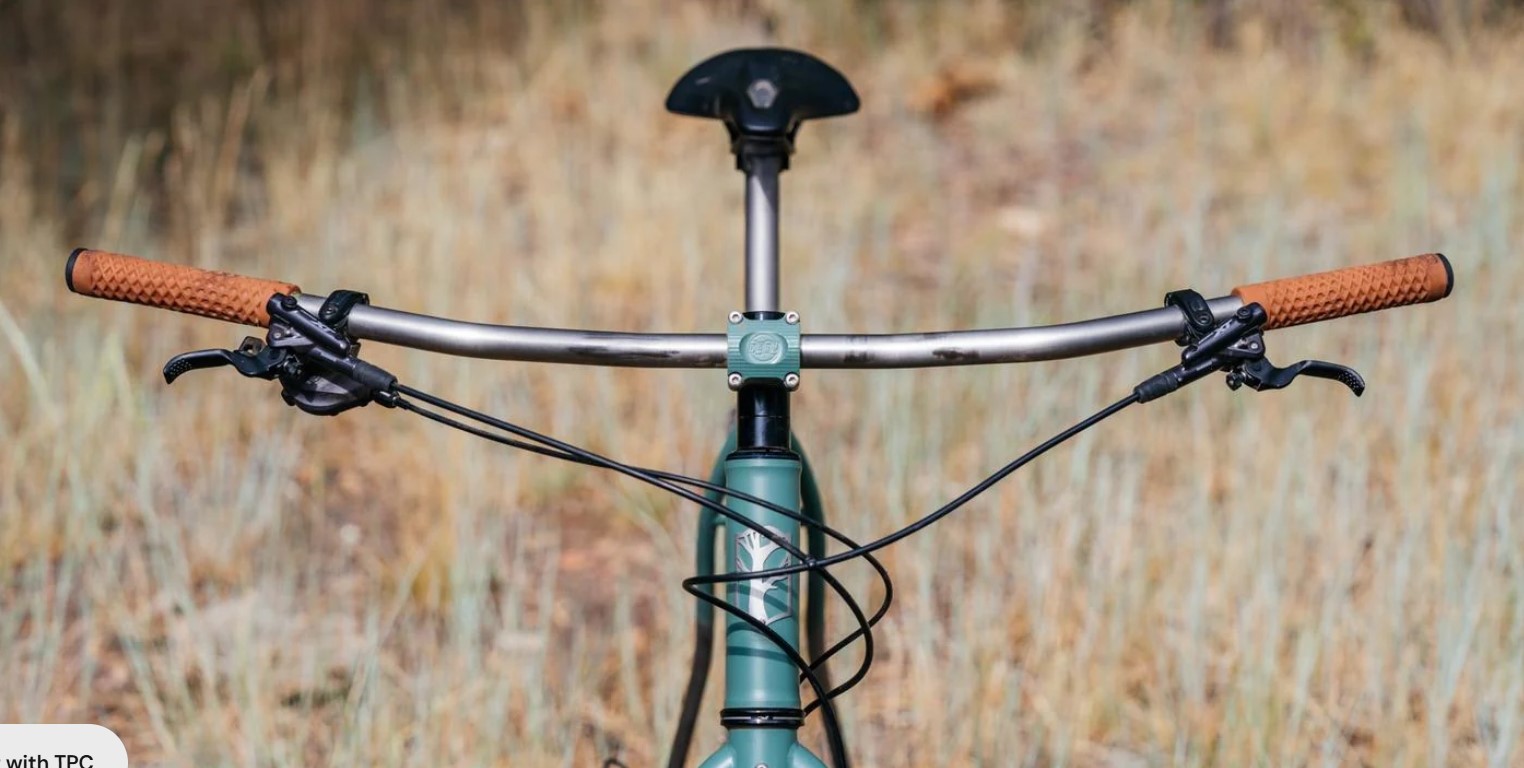
Flat handlebars are the preferred choice for most cyclists. Its simplicity provides great control, especially during urban and trail riding.
2. Drop Handlebars
Best for: Road cycling, racing
Pros: Multiple hand positions, aerodynamic
Cons: Less control on rough terrain
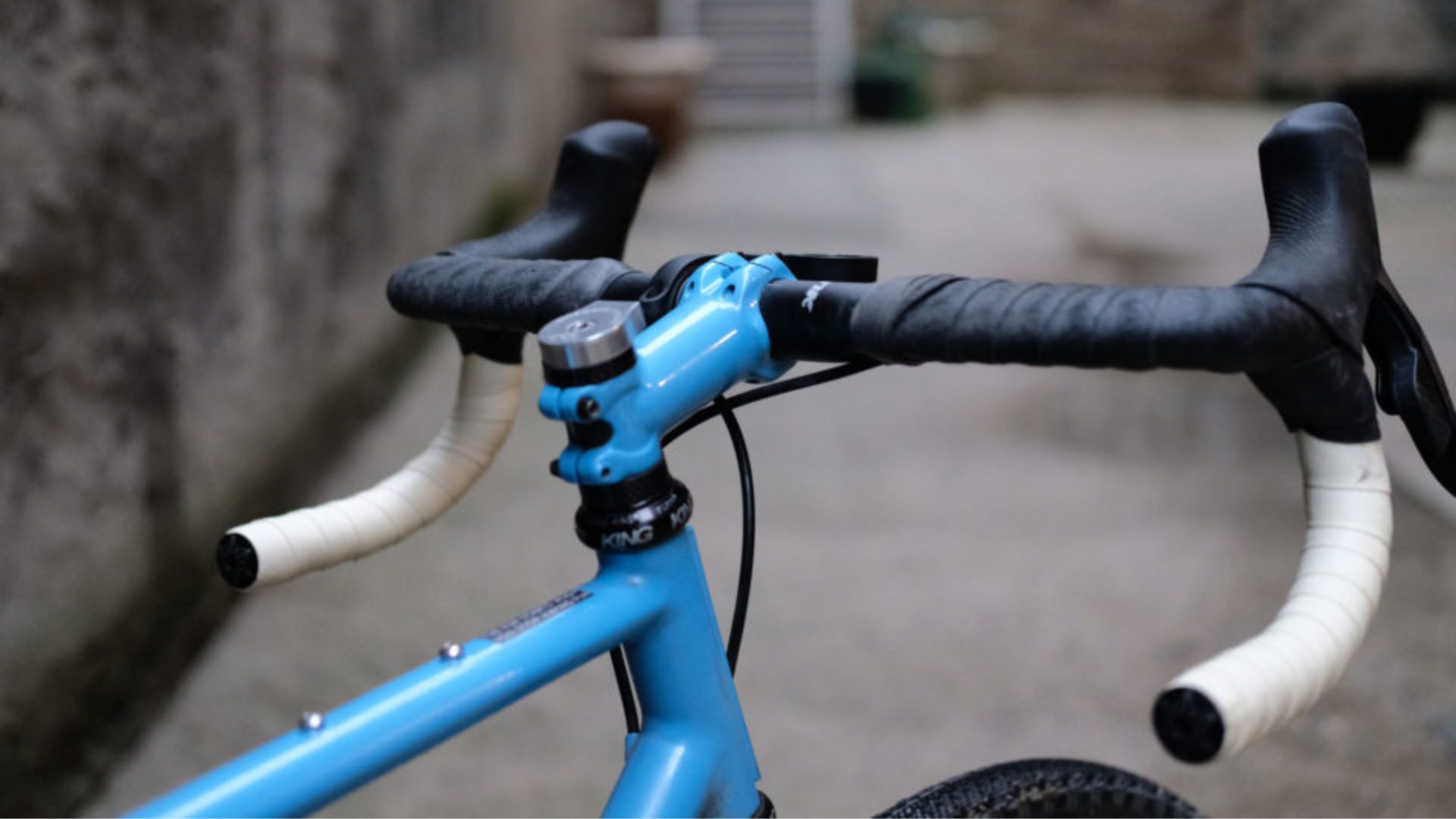
Curvy handlebars are a cyclist's friend because they allow switching between hand positions and minimise drag.
3. Riser Handlebars
Best for: Mountain biking, downhill trails
Pros: Enhanced control, upright posture
Cons: Less aerodynamic
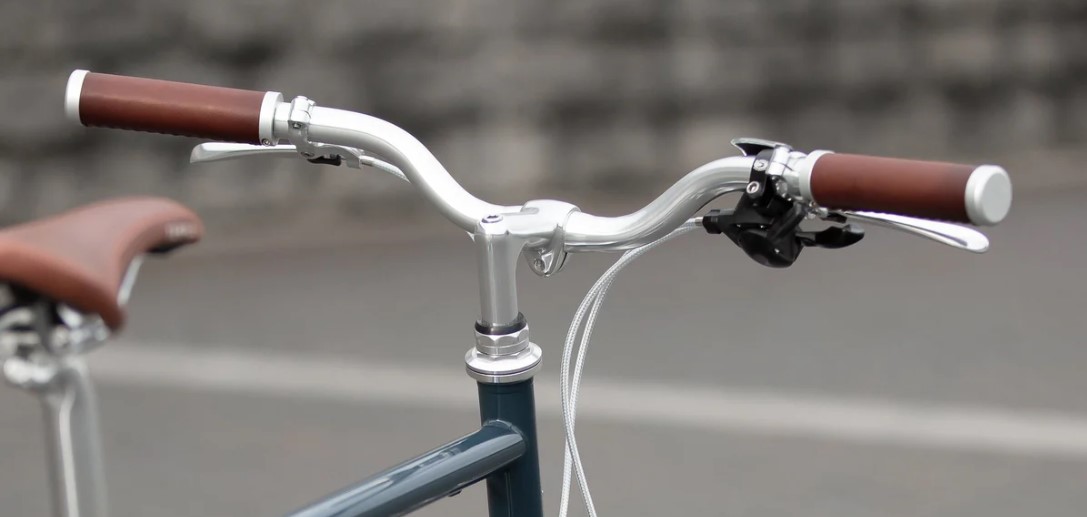
Next, there is the riser handlebars. As the name suggests, they’re slightly raised, which gives riders optimal control and a relaxed position in a riding posture.
4. Bullhorn Handlebars
Best for: Fixed-gear bikes, time trials
Pros: Aerodynamic, sleek design
Cons: Limited hand positions
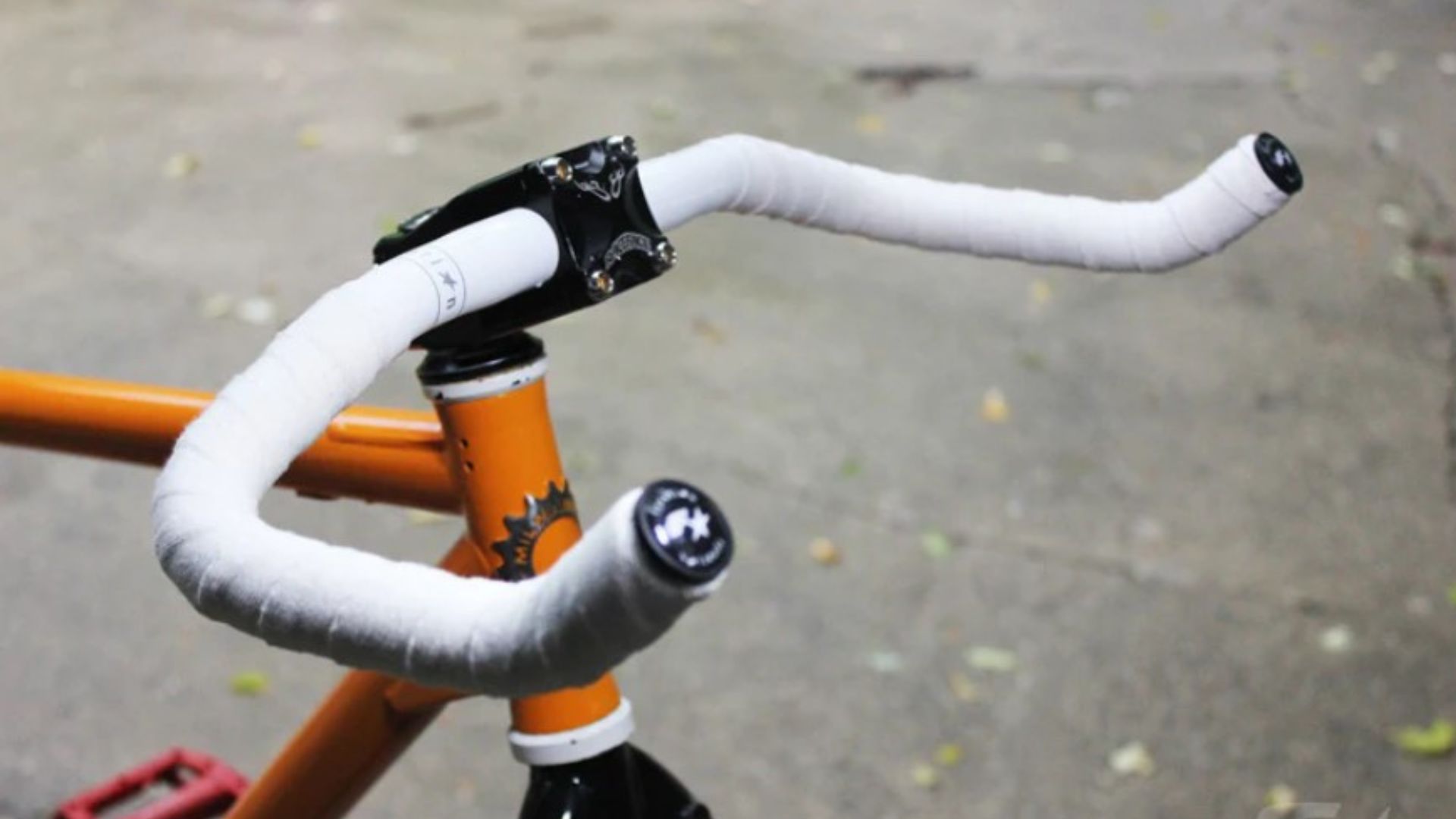
It gets you into that aggressive forward-leaning position that is just perfect for sprints and time trials.
5. Cruiser Handlebars
Best for: Casual city rides, beach cruisers
Pros: Ultra-comfortable, upright posture
Cons: Not suitable for technical or fast rides
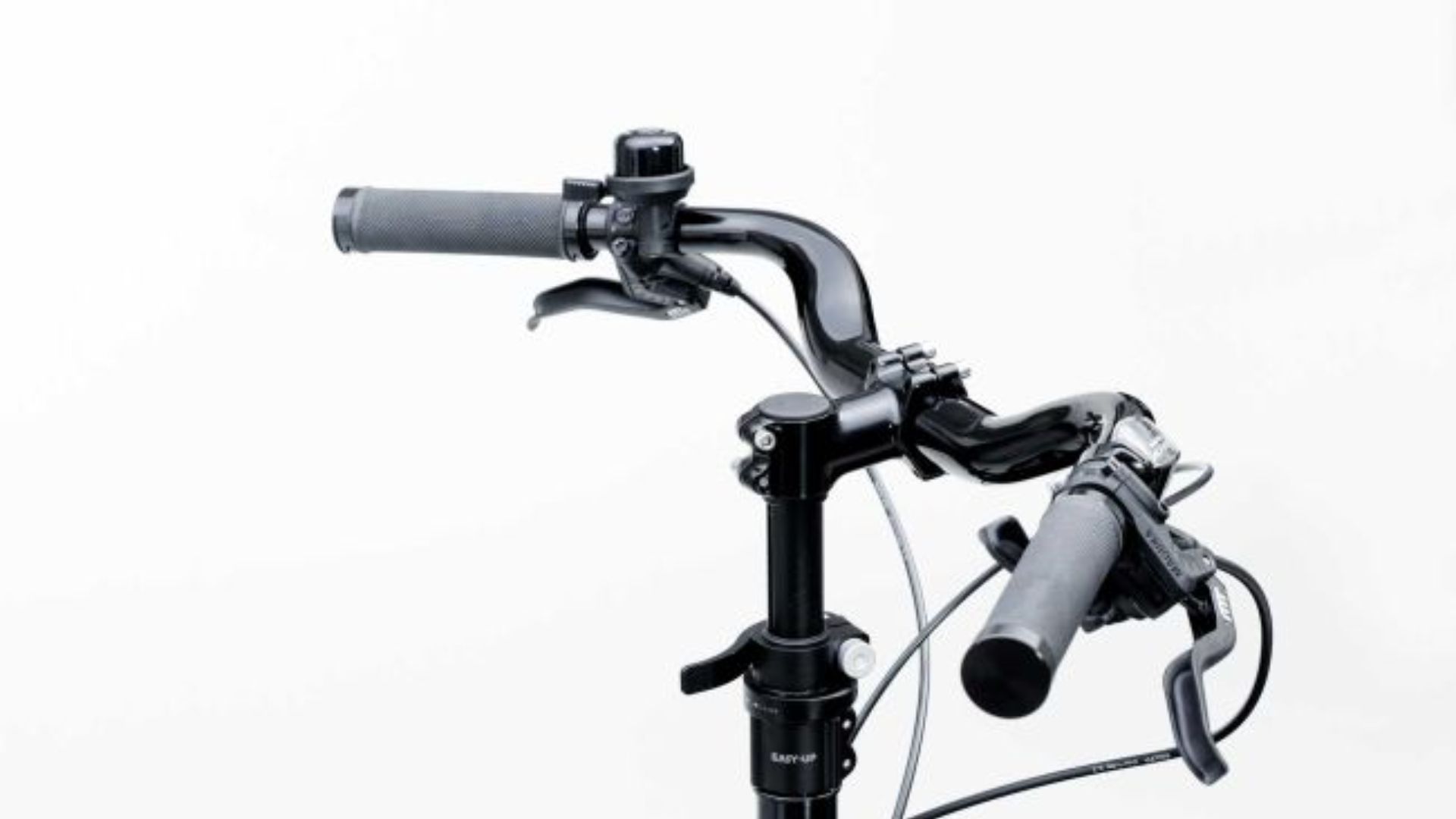
Cruiser handlebars are all about comfort and style. It’s ideal for the weekend crowd just going for a spin.
How to Choose the Right Handlebars
Things worth considering when selecting handlebars include:
Riding Style: Are you a commuter, racer, or weekend cruiser?
Comfort: Does the handlebar allow a natural grip and posture?
Bike Type: A mountain bike handlebar won’t work well on a road bike.
Hand Position Variety: Longer rides require multiple hand positions.
Innovative electric bikes such as those by EMotorad usually come with ergonomic handlebars, combining both durability and performance.
If you are looking for an e-cycle brand that understands handlebar ergonomics, then EMotorad would be the perfect place to check.
Maintenance Tips for Handlebars
Like all other parts in an e-cycle, the handlebars also need some quality TLC.
Here’s how you can make sure they remain in top shape:
Regularly check bolts and clamps for tightness
Adjust the angle for optimal comfort
Replace worn-out grips or bar tape
Make sure brake levers and gear shifters are easily accessible
Final Thoughts: Steering Towards a Better Ride
Handlebars are the part of the bike that connects you to the ride.
They may seem like an insignificant control centre, but honestly, they play a major role in determining how comfy and efficient your entire riding experience will be.
It’s all about choosing the right handlebar - whether it’s cruising on drop bars down a highway or cruising the streets of the city with flat handlebars. Hold on tight because the right handlebar is going to impact the entire ride.
Next time, when you go shopping for bike equipment or think of upgrading your current ride, leave a little space for handlebars.
Trust us! Your back, wrists, and riding performance will all thank you later.
Now, go forth, grip tight, and ride on!
FAQs Regarding Handlebars
1. What types of handlebars are used on cycles?
Cycle handlebars come in different shapes depending on the kind of riding you do. Flat bars are common on city and hybrid cycles, drop bars are typical on road cycles, and riser bars are often seen on mountain cycles. For a more relaxed feel, you might also see cruiser or butterfly bars.
2. How can I tell which handlebar suits my cycle best?
This is something that is totally dependent on your riding style and terrain. If you cycle around town or commute, flat or riser bars keep you upright and in control. Long-distance riders tend to prefer drop bars because they offer different hand positions. Off-road or trail riders usually go for wider bars for stability.
3. What’s the main difference between drop bars and flat bars on a cycle?
If you are someone who loves faster and longer rides, the drop bars let you lean into a more aerodynamic position. Flat bars are straight across and give you a more upright riding posture, which is better for control and visibility, especially in traffic.
4. Can I change the handlebars on my cycle?
Yes, most cycles allow you to switch handlebars. Before making the switch, just make sure your stem, brakes, and gear shifters are compatible with the new handlebars. It’s something a local cycle shop can easily help with if you’re unsure.
5. Do wider handlebars help with control?
Wider handlebars can make your cycle feel more stable, especially when riding on rough or uneven ground. They give you more leverage when steering, which can be useful for trails or steep paths. Just keep in mind, they might feel bulky in tight spaces.
6. Are ergonomic handlebars worth using?
If comfort matters to you—especially on longer rides—then yes, ergonomic handlebars can really help. To reduce the pressure on your hands and prevent fatigue over time, these handlebars are shaped to support your natural wrist position.
7. Why do some handlebars curve upward or back toward the rider?
That’s called rise and sweep. A handlebar with rise sits a bit higher, giving you a more upright posture, while sweep means the grips are angled back slightly. Both are designed to reduce strain on your wrists, arms, and back, which makes your ride comfortable.
8. Does the material of the handlebar make a difference?
It can. Aluminium handlebars are lightweight and commonly used on all types of cycles. Steel ones are stronger and absorb bumps well, but they’re heavier. Carbon fibre is more expensive but is much lighter and can reduce road vibrations, making your ride smoother.
9. How high should my cycle’s handlebars be?
There’s no one-size-fits-all answer. If your handlebars are too low, you might feel pressure in your shoulders or back. Too high, and you could lose efficiency when pedalling. Ideally, you should be able to reach comfortably without any strain.
10. Can changing the handlebar affect how my cycle handles?
Absolutely. A different handlebar can change how your cycle feels. Narrower bars can feel quicker but a bit twitchier, and wider bars offer more stability. Even small changes in position can improve comfort or help you feel more in control.


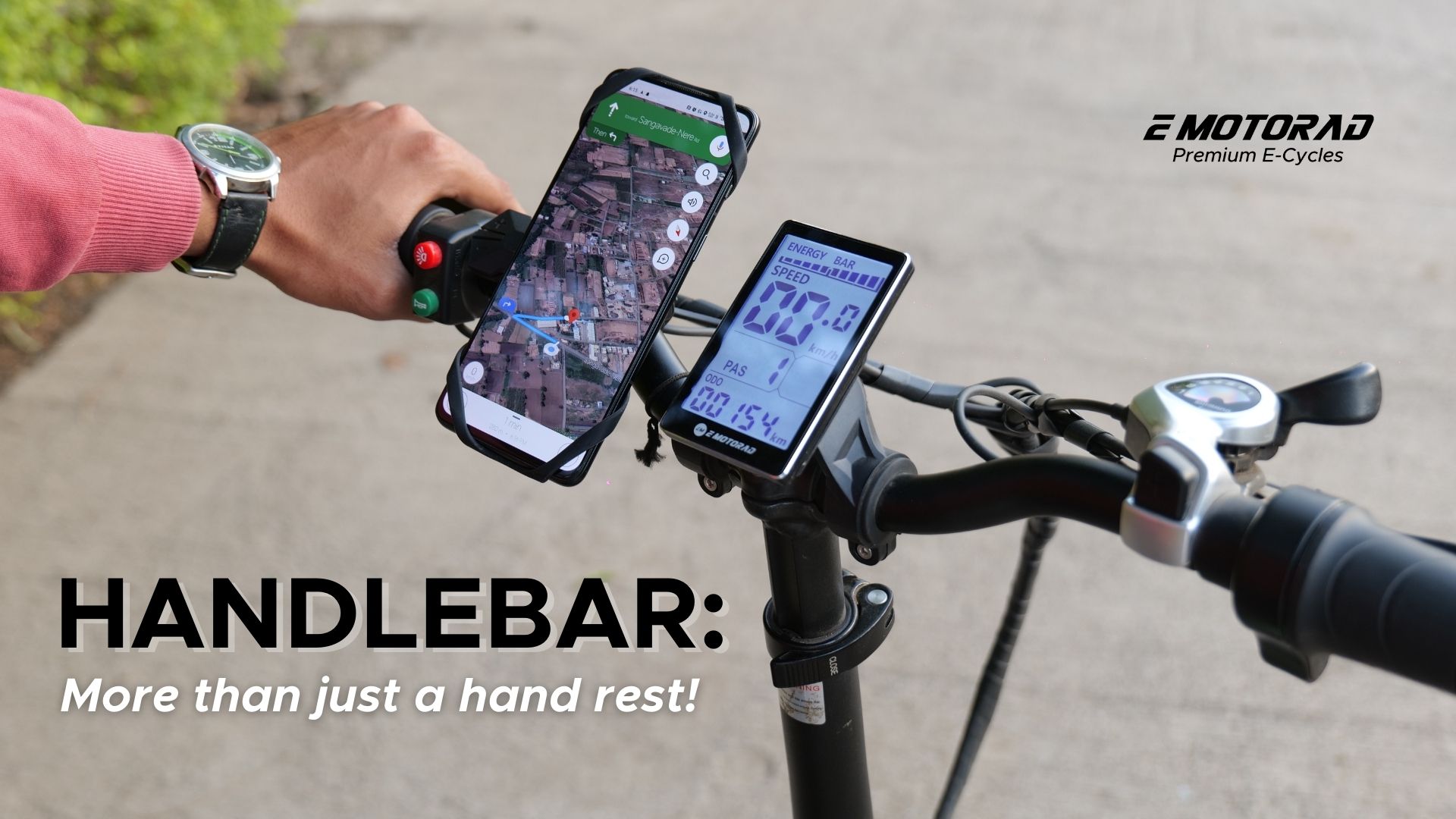

About Us
Blogs
News
EM Stories